2018 Kawasaki Z900RS First Ride Review + Video
If you were expecting a cosmetic makeover of the Z900, you’d be mistaken like I was. I mean, it’s called Z900RS, but apart from the basic engine, this one’s nearly a completely redesigned animal, designed to bow deeply before Kawasaki’s Holy of holies (when it comes to motorcycles), the 1973 Z1. The steel-tube frame is said to be all-new, the engine’s tuned completely differently, the ergos are totally revised, the suspension is tuned for gentlepeople – and in general Kawasaki says this one’s supposed to be a mellow ride, not a raw high-performance one like the regular Z900.
2018 Kawasaki Z900RS
| Engine | 17.5/20 |
| Suspension/Handling | 12.0/15 |
| Transmission/Clutch | 9.0/10 |
| Brakes | 8.25/10 |
| Instruments/Controls | 4/5 |
| Ergonomics/Comfort | 9.5/10 |
| Appearance/Quality | 9.25/10 |
| Desirability | 9.0/10 |
| Value | 8.0/10 |
| Overall Score | 86.5/100 |
Everybody’s cashing in on their heritage these days. Why shouldn’t Kawasaki? The original Z1 really was quite the atom bomb when it got here with its big DOHC engine in ’73. The RS picks up the thread with a new 4.5-gallon gas tank that closely mimics the original before flowing into side panels with original-look badging, then rearward into that duck-tail rear end and period-correct round taillight – though illumination at both ends is by modern LED. The molded in seat stitching looks the same, the big round tach and speedo look the same, the metal-flake paint job looks the same, and the polished edges of the cast wheels on the Candytone Brown model look like spokes. If there was anyplace else to put a radiator on a motorcycle other than front and center, you’d be hard pressed to tell old from new.
Personally I dig the Z900 a lot, and so does the whole MO staff, but sitting upon the RS is even more upright and easier on the lumbar region. The shiny chrome handlebar is 2.6 inches higher and 1.4 in. rearward – also 1.2 in. wider than the Z900’s bar. Footpegs are 0.8 in. lower and forward, and the thick-padded seat is actually a bit higher, at a claimed 31.5 inches. Even more of the load was removed from your wrists by raising the front of the bike a bit and lowering the rear; a new upper triple-clamp with 6mm more offset reduces trail to keep the steering nice and light.
When you lower your 20%-heavier mass upon it, you might note that not only is the seat cushier, so are the springs in the 41mm inverted fork and wrapped around the rear shock. Ahhh… it’s all very retro and perfect for rolling down Sunset Boulevard, splitting lanes just a bit through morning traffic down toward the ocean with visions of the swingin’ ’70s brought to you by the “vintage” gear everybody dug out to ride the new RS.
To complement all that mellowing out and so you won’t get blown off that comfy seat, they also mellowed out the engine. Compression ratio is down to 10.8:1 from 11.8, cam durations are shorter, the crankshaft is 12% heavier, and the double-wall exhaust headers’ inner tubes are about 20% smaller, now at 28.6mm diameter. All that boosts low- and midrange power a bit, not that anybody complained much about the Z900’s lack of either. There’s no horsepower claim (Kawasaki Europe says 110), but Kawasaki USA says the retuned RS makes 72.3 pound-feet at 6500 rpm; on the dyno, the Z900 made peak torque at 8000 rpm. The RS’s low-rpm lunge is further abetted by a lower first gear (and a taller sixth), and together with the slip/assist clutch’s really light pull, the RS reinforces the “easy-to-ride theme.” Big and powerful though it might be, it’s civilized enough to be a first bike for anybody who’s able to show a little restraint.
If you want a high-performance motorcycle for tearing up the backroads, Kawasaki says you want the Z900, but that didn’t keep their excellent PR staff from taking us on a lovely romp through the Malibu canyons on a beautiful warm December day anyway (with smoke from the Thompson fire, now the fourth largest in state history, visible a few ridgelines away).
The RS’s sit-up ergos work great on tight roads, and its steeper geometry lets you aim it even more accurately than the Z900. When the tires are warm and the pace accelerates, though, the softer springs get things pitching fore and aft more – and if you throw in a few bumps, she sort of wants to skitter across them toward the outside of corners. This is the first Japanese bike ever that could use longer peg feelers; a guy in front of me dug the sidestand mount in a couple of times, levering himself a foot to the right each one. Amusing yet potentially dangerous… (he was a bigger guy, though).
The 41mm inverted fork up front is fully adjustable, and the rear shock has rebound and preload adjustability – a half hour spent playing with them might result in a much sportier ride. I didn’t have time to find out. Anyway, tooling along at eight/tenths and smelling the (charred) roses is what the RS is more about.
Corner exits are a hoot, thanks to that low-rev urge and the bike’s excellently tuned exhaust. (It’s easy to swap traction control between 1,2 and Off.) The midrange is also strong and a sonic delight – but this engine doesn’t have the Z900’s 10,000-rpm top-end rush. There’s not much to be gained past 9000. And that’s perfectly okay unless you’re riding really fast roads or doing track days. Kawasaki has a few other bikes in its quiver more focussed toward those activities.
For rolling down to the beach on a perfect winter’s day for a fish taco with your favorite passenger, in full protective gear of course, I’m having a hard time thinking what else I’d rather be on? Honda’s revitalized CB1100EX was the last time I had this kind of quality nostalgic motorcycle fun. Like that bike, what you give up in outright power, you get back in near-perfect linear fueling and smooth, broadband power delivery – though the RS does suffer a bit of throttle abruptness occasionally when things get aggressive in the curves. By no means a deal-breaker. With a bit more power than the air-cooled Honda and substantially less weight (472 pounds claimed curb weight), the Kawasaki is definitely the sportier of the two, and about $1k less expensive to boot.
Kawasaki’s target is 35 to 55 year old people, but it sounds like it’s maybe going to skew more towards the bigger number. The younger guys fully embraced retro drinking (way too much) the night before our ride, and were open to the idea of heritage sex (I didn’t catch the definition of that beyond that my favorite Kawi PR guy has a Z1-era Los Angeles Lakers Girl for a neighbor) – but they didn’t seem quite as enthralled with the RS as I was. I remember the original. I can’t help but think it would attract a bunch more kids if Kawasaki had added a kickstarter like the Z1 had. Retro starting.
If you worshipped the old Z1, you’ll love this this modern interpretation; it’s a great person-about-town motorcycle that’s super friendly to ride, way comfortable, and has a delicious howl when you give it the whip. If the Z1 is for you an old man’s bike, the Z900 it’s based upon is a new favorite of everyone – faster, cheaper and harder-edged. For Kawasaki, I think both are going to be winners.
2018 Kawasaki Z900RS
+ Highs
- Nailed the look
- Comfy as your favorite chair
- I knew I was smart to hang onto my bellbottoms
– Sighs
- I was fine with the full-power Z900 engine
- A few more mufflers and a hidden radiator is asking too much?
- The cool bikes of my youth are now Antiques Roadshow material
2018 Kawasaki Z900RS Specifications | |
|---|---|
| MSRP | $10,999 – $11,199 |
| Engine Type | Liquid-cooled four-cylinder DOHC four-stroke |
| Bore x Stroke | 73.4 x 56.0 mm |
| Displacement | 948 cc |
| Compression ratio | 10.8:1 |
| Fuel Supply | Fuel injection (ø36 x 4) |
| Lubrication system | Forced Lub. Wet |
| Starting system | Electric |
| Ignition system | B&C (TCBI EL. ADV. D.) |
| Max. power | 110 hp at 8,500 rpm (claimed, European-spec) |
| Max. torque | 72.3 lb-ft. 6,500 rpm (claimed) |
| Driving system | Chain |
| Transmission | 6-speed |
| Clutch type (Primary) | Wet, multi-disc |
| Frame | Tubular, diamond |
| Front Suspension | Telescopic fork (upside-down), 4.7 inches of travel |
| Rear Suspension | Horizontal back-link swingarm, 5.5 inches of travel |
| Caster (Rake angle) | 25.0° |
| Trail | 3.5 inches |
| Steering angle | 35° left / 35° right |
| Front Tire | 120/70ZR17 M/C (58W) |
| Rear Tire | 180/55ZR17 M/C (73W) |
| Front Brake | Dual 300 mm disc |
| Rear Brake | Single 250 mm disc |
| Overall length | 83.1 inches |
| Overall width | 34.1 inches |
| Overall height | 46.5 inches |
| Wheelbase | 58.1 inches |
| Road clearance | 5.3 inches |
| Seat height | 31.5 inches |
| Curb weight (claimed) | 471.9 pounds |
| Fuel tank capacity | 4.5 gallons |
More by John Burns



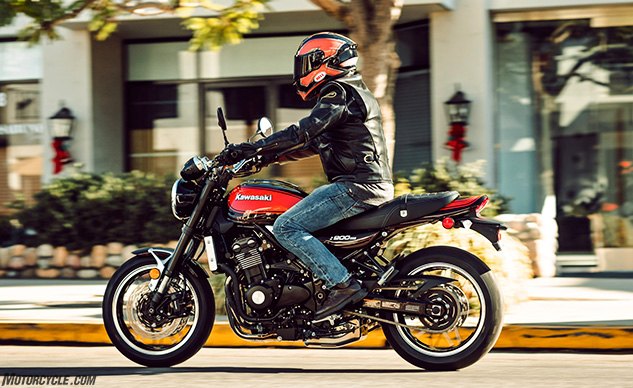
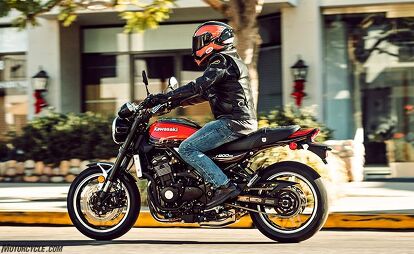



























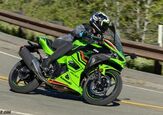
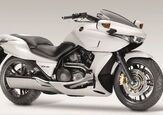

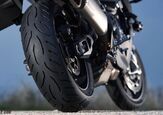
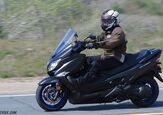

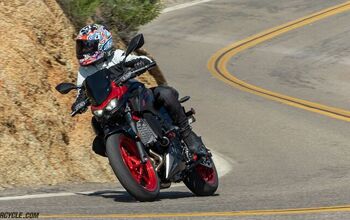
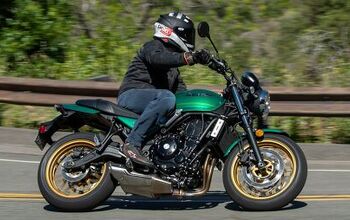
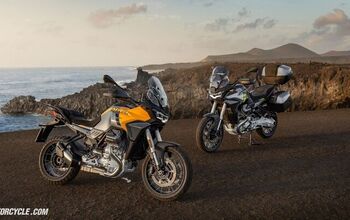
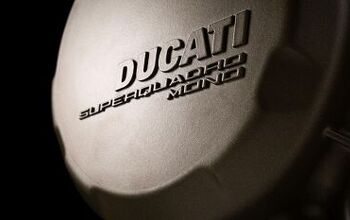
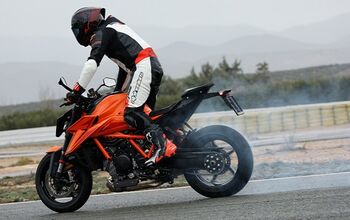
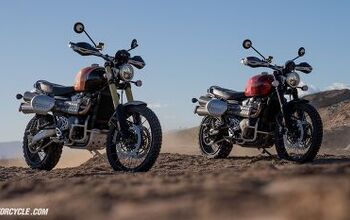
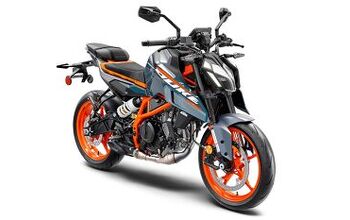
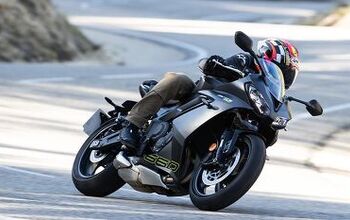
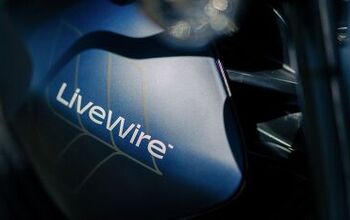

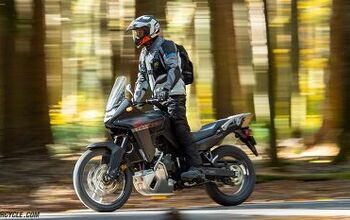
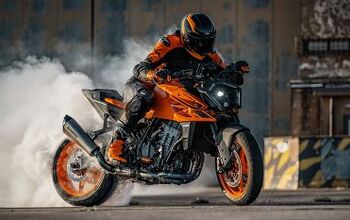
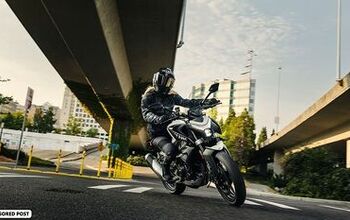
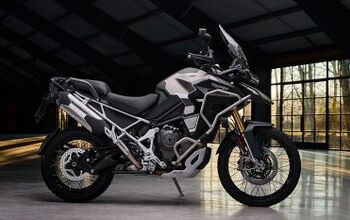
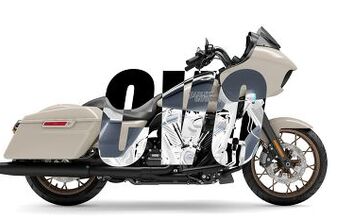
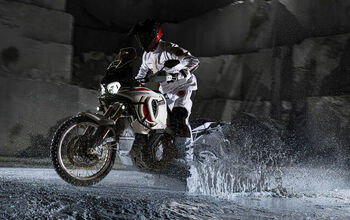

Comments
Join the conversation
I’m 63 and was a freshly minted licensed motorcycle rider when the NY Steak was introduced. I favor the esthetics of this bike. The performance is more than I need. I think Kawasaki needs to raise their age-sights a bit higher if it wants to sell this thing. If they sell it as a performance cruiser they may be able to attract the cruiser crowd who may be tired of that foot-forward riding position. I hope it sells well.
+1 for the recommendation to add a kick starter. I wish my car had a back up hand crank but I guess that's what bump starting is for.